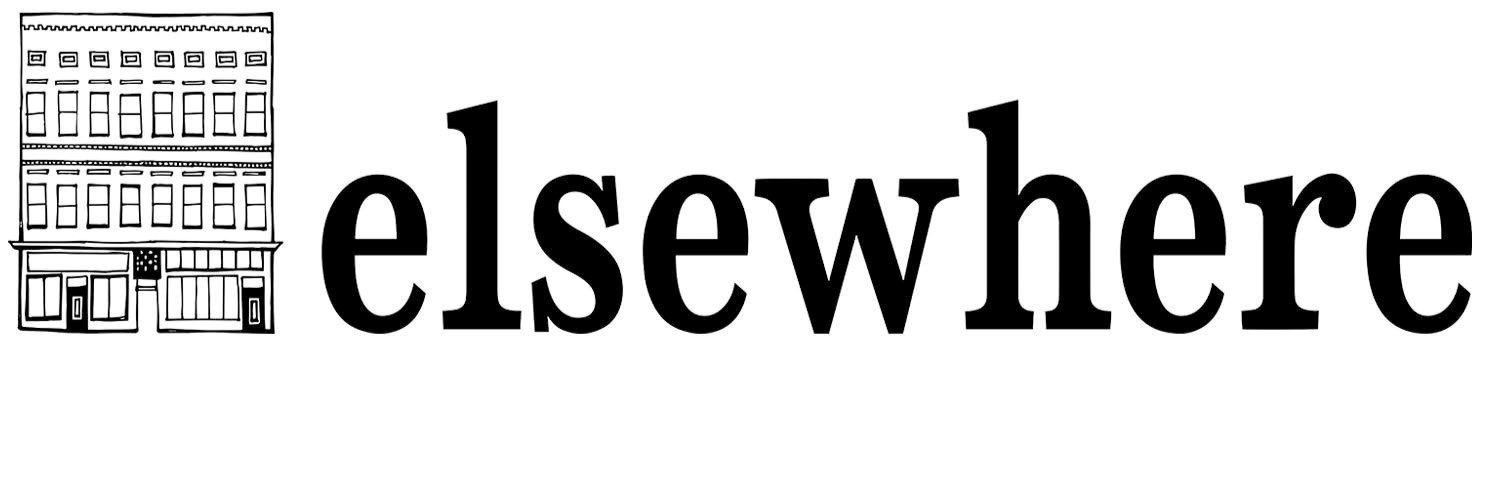Response to the Trains of Elsewhere; Sonata I for 17 Whistles and Elsewhere Phases | Fionn Duffy
At the museum, whether in the kitchen or the library; in the alley or in the woodshop; while reading or sewing or talking or building; at dance events or artist talks – the coarse low drone of train horns passing through downtown is ever present. They call through the walls of the building and weave themselves through other sounds- sirens and motors; the whir of technology; buzzing flies and kitchen mixers; people laughing, talking, moving; music playing; vacuums sucking; saw blades turning.
Focusing on these train voices, Fionn Duffy attended to the processes by which people give shape to and are shaped by their sonic environments. For her project, A Response to the Trains of Elsewhere; Sonata I For Seventeen Whistles, she created and performed a sonata in three movements guided by the principle of listening as creative action. The performance lasted six weeks and took place at the museum and sites throughout downtown Greensboro. In Movement I, Duffy paid close attention to when the trains passed by, researching their horns, and recording the duration and chord structure of the sounds they produce. In Movement II, Duffy made a suite of 17 whistles from scraps of collection wood at the museum that voice notes found in the train chords. Elsewherians were invited to use these to repeat tone clusters from the trains based on the schedule of when they were heard the previous week. The first two movements fit together like an extended form of canon, in which a melody is established by the trains as a lead voice in the first week as they intermittently sound long tones that are followed in counterpoint the following week by performers with small wooden whistles. For the finale of the piece, Duffy offered a variation on the theme of call and response established in the first two movements by arranging Freight Train, a North Carolina folk song by Elizabeth Cotton, for the whistles. Cotton wrote the song in remembrance of the trains that passed by her childhood home. A performance of the last movement was held the last week of Duffy’s residency.
Along with the sonata, Duffy produced Elsewhere Phases, a choral work featuring people the artist encountered during her residency singing the notes heard from the trains. The voices are combined into a drone like phrase and then recorded onto two identical tapes as a looping series. The tapes are installed together and can be played as close to simultaneously as the listener wishes. The two lines of identical melody call back and forth to one another across the room in which they are installed– falling into unison at times and at other times falling away to create new chords together.
A score documenting the performance of the sonata and guiding its restaging was created. It is housed along with the whistles amongst Elsewhere’s collection of music books in the library. Elsewhere Phases is installed in the 3rd floor Ghost Room.








